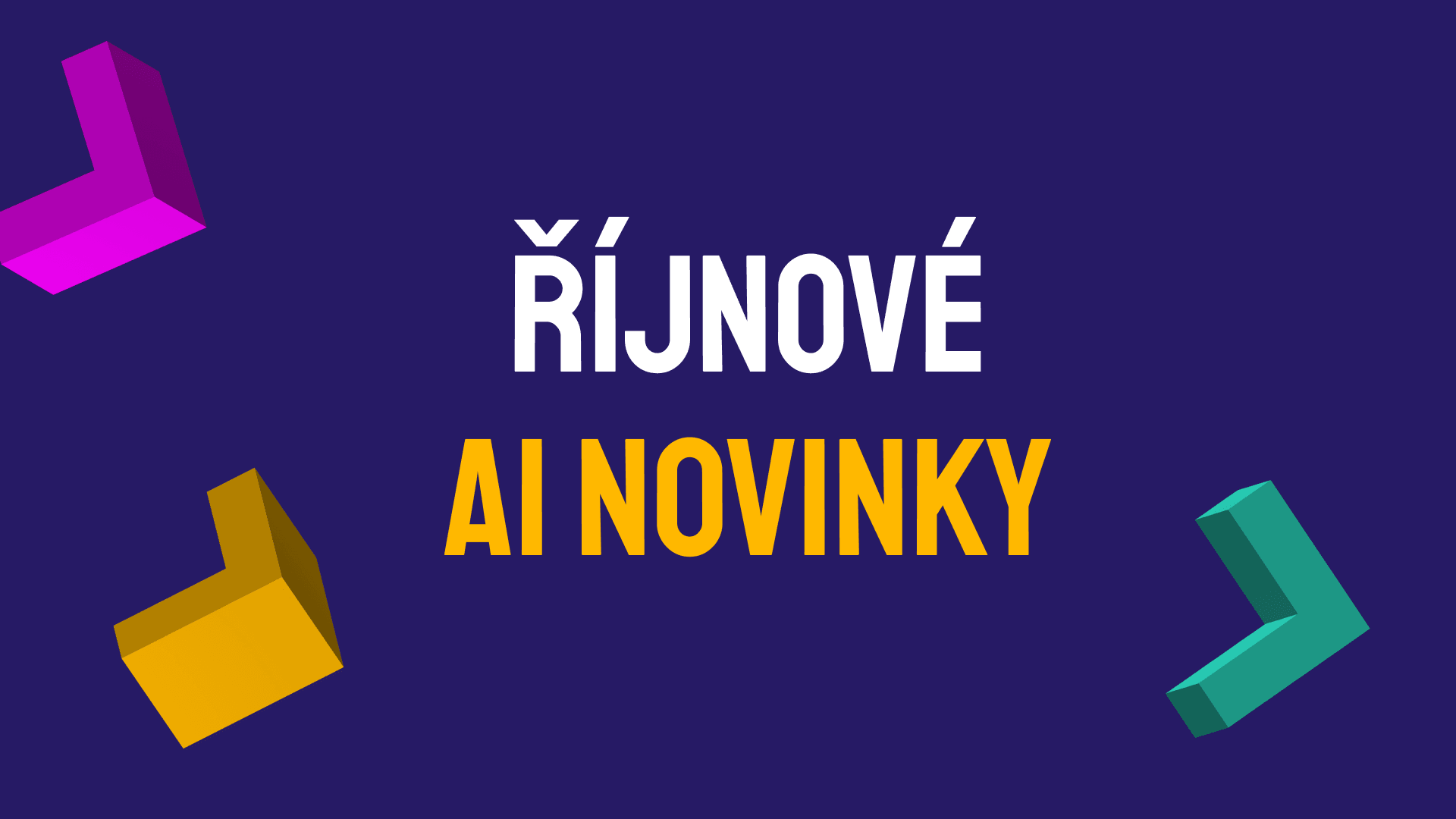October was very much about open-source. In addition to new models, we saw a shift in the "runtime" for developers: instead of just faster LLMs, an ecosystem is emerging where models run inside the tools you use every day. And while capabilities are growing, the active part of the models continues to shrink (active parameters in MoE), so performance is no longer just about parameters, but more about data, training and architecture.
Apriel v1.5
A small but powerful open-source model from ServiceNow that scores ~52 on the Artificial Analysis Intelligence Index and is competitive with much larger models (DeepSeek R1 0528, Gemini-Flash, etc.). It is a nice example that data quality and training techniques nowadays often beat raw parameter counts.
Useful resources:
OpenAI Apps & Apps SDK
OpenAI introduced "apps" for ChatGPT and Apps SDK. In practice, these are MCP servers that provide custom UI directly in ChatGPT. In practice, this means much more user-friendly third-party integration directly into GPT conversations. This also entails the creation of a whole new, huge marketplace for app creation, with over 800 million active users.
Useful resources:
MiniMax M2
MiniMax has published M2, which has reached a new high among ope-source models in the Artificial Analysis ranking (around 61 points) while using ~10 B active parameters (200 B total MoE). It is currently the smartest open-source model and the fifth smartest model ever. M2 is designed primarily for agents and code.
Useful resources:
Cursor 2.0
Cursor 2.0 shifts the editor to an agent-first approach: in Agents view, you can run up to 8 agents in parallel (with different models), compare their strategies in one overview and select the best result. With git worktrees, changes run in isolated repo copies, so you can continue to code normally in the same project without collisions; at the same time, designs are clearly separated, improving code review and auditing. Also included is Composer 1, Cursor's own model for fast agent loops (claimed up to 4x faster speed against similarly capable models). In practice, this means fewer deadlocks, more valid solution variants, and faster iterations in refactoring and exploration due to parallel "orchestration" of approaches.
Useful resources:
October nicely shows that the number of parameters is no longer everything, data quality, architecture and training method are more and more decisive. The gap between open- and closed-source continues to shrink (the fifth best performing model is even open source ), so teams have more room for manoeuvre to optimise price and deployment.
At the same time, the "active" size of models is decreasing, even as their capabilities are increasing: increasingly, these are fragmented MoE approaches where only the necessary expert parts are cleverly switched on. And finally, most importantly: the value is shifting from chasing new models to integrating AI into real life, into IDEs, chat and internal tools, where it actually makes people work faster and improves the quality of output




